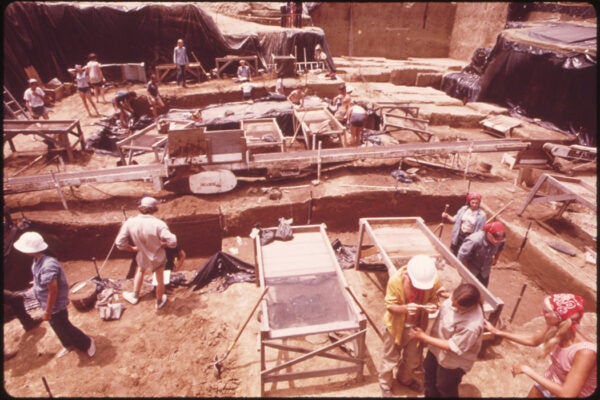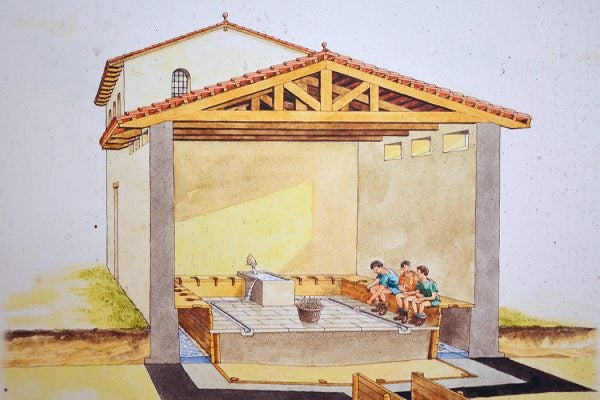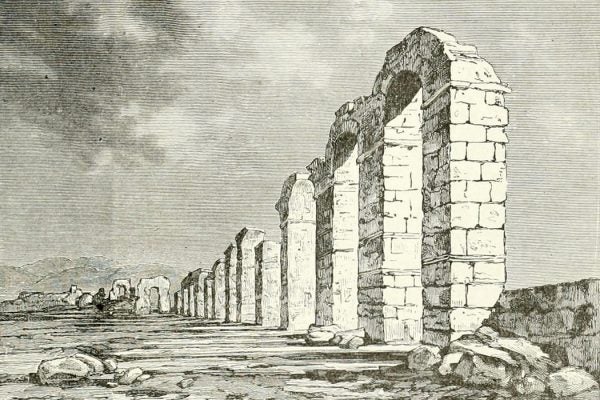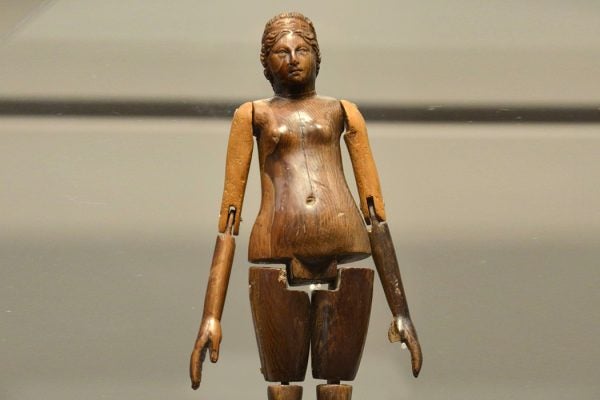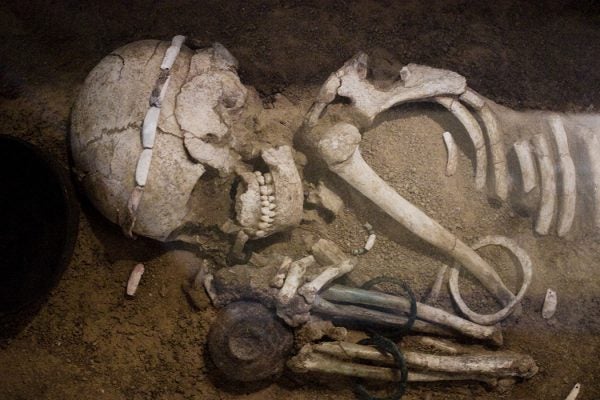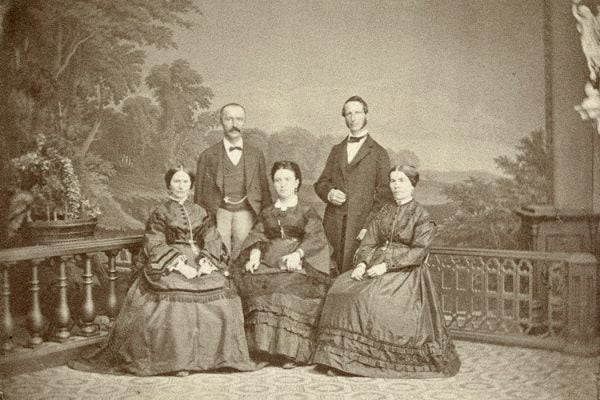Historical Bugs: Archaeoentomology
The remains of ancient insects reveal new information about Paleo-Eskimo life and the history of the Norse in Greenland, Iceland, and the Faroe Islands.
Grave Matters: Conflict in Reburial and Repatriation
The public is placing pressure on institutions to respect the concerns of Native peoples regarding the repatriation of human remains and grave-associated artifacts.
The Early History of Human Excreta
When humans stopped being nomadic, we could no longer walk away from our waste. We’ve been battling it ever since.
The Mystery of the Mustard Family
An archaeological dig turned up eight bottles of mustard powder in one eighteenth-century homestead. Why the condiment love?
The Archaeological Mystery of Tel Kedesh
Was a well-preserved set of game pieces and other childhood items buried by a young woman before she got married?
Fixing the Aqueduct from Hell
The Roman engineer Nonius Datus thought the project was in good shape when he left Saldae. He would return.
Girls and Dolls in the Roman Empire
Analyzing the dolls of elite girls shows that playthings reinforced gendered expectations but also allowed for imaginative play.
How the Gender Binary Limits Archaeological Study
One case study demonstrates how contemporary assumptions about gender in ancient societies risk obscuring the larger picture.
Giving Overdue Credit to Early Archaeologists’ Wives
These women labored alongside their famous husbands to produce world-renowned research.
An Archeologist’s Guide to Beer Cans
Here's how to figure out how long it's been since someone left their empties around, only to be dug up later.

